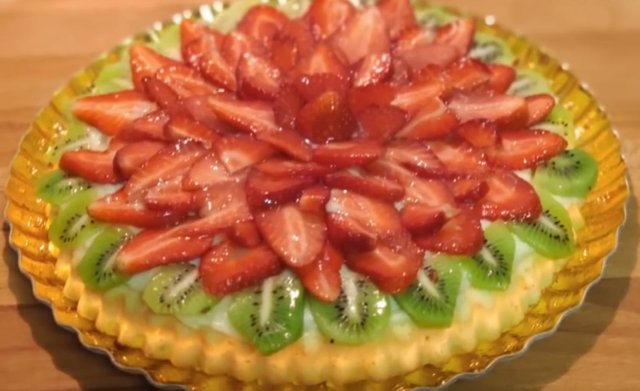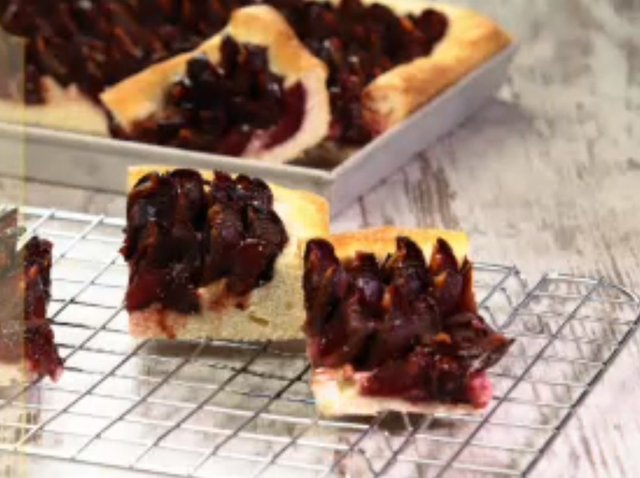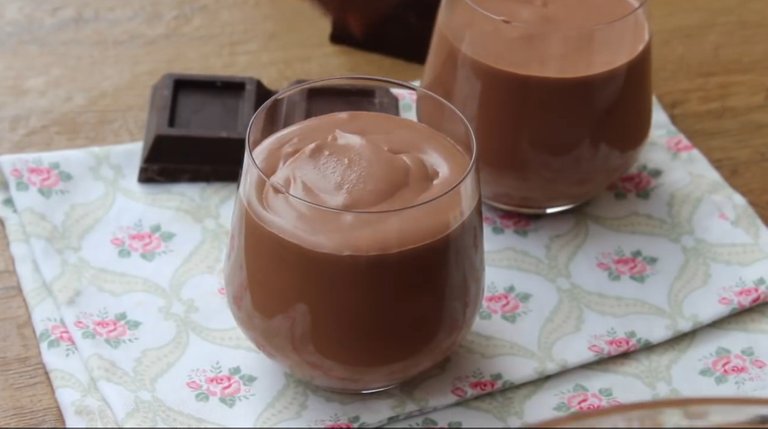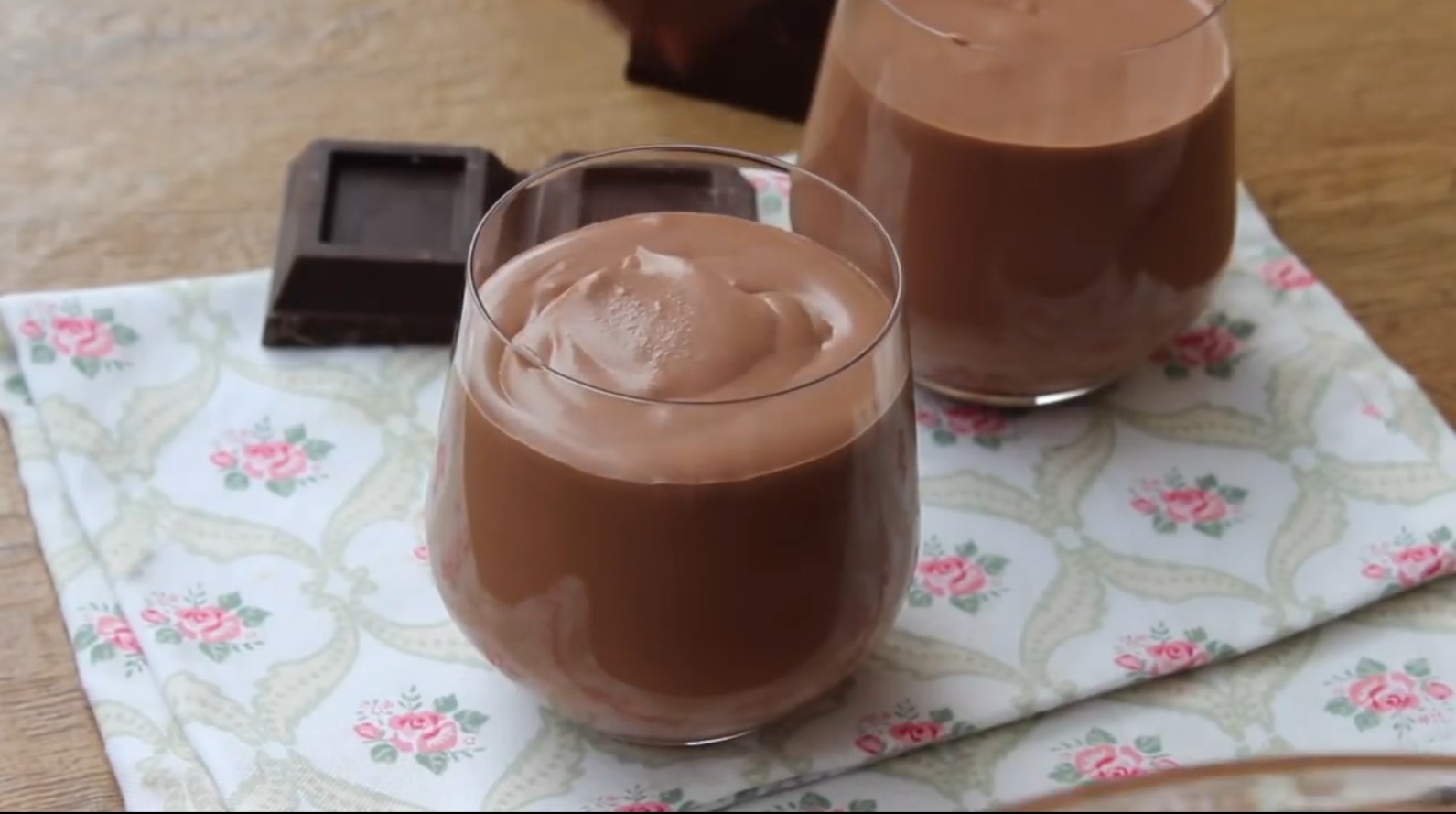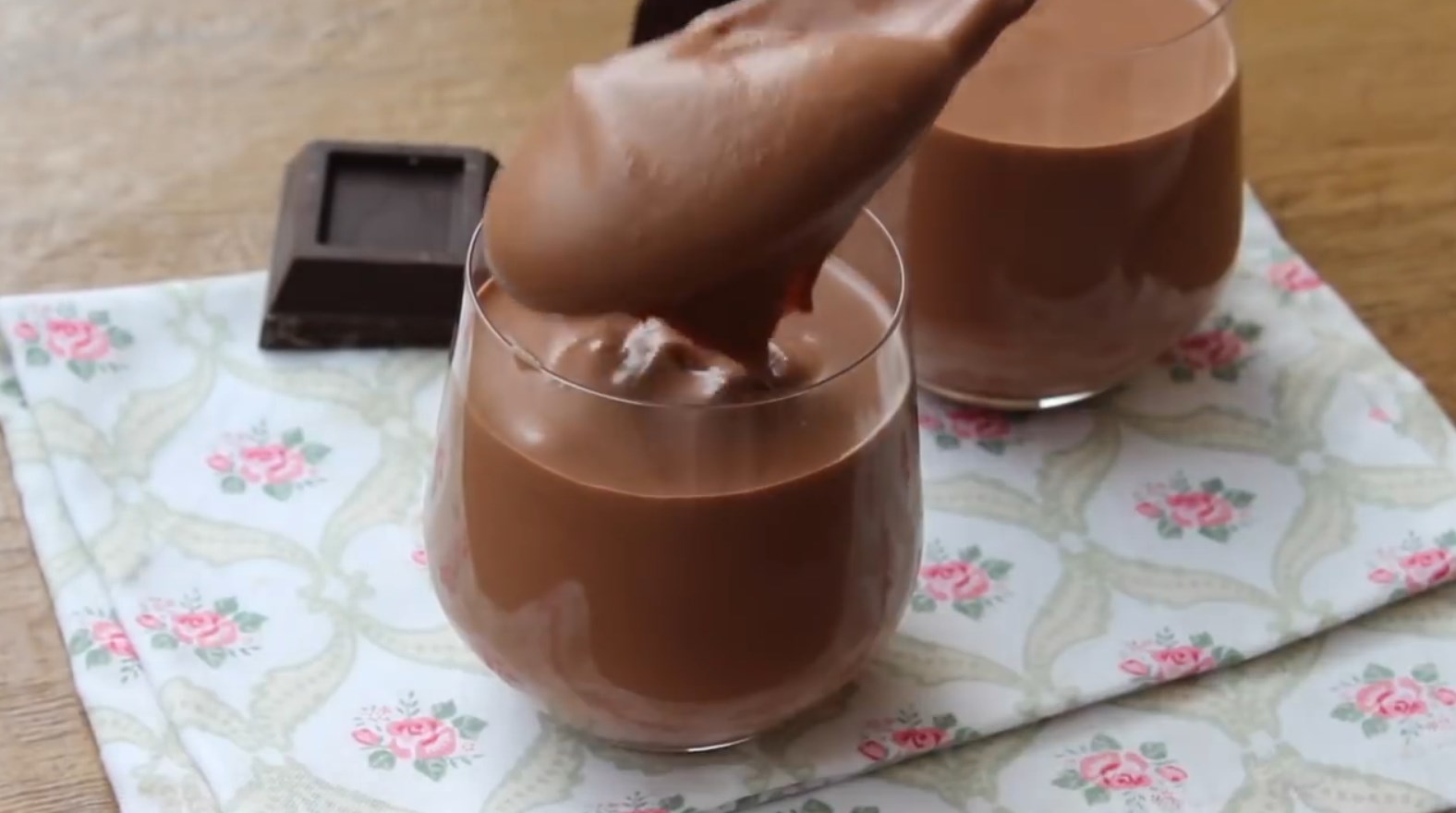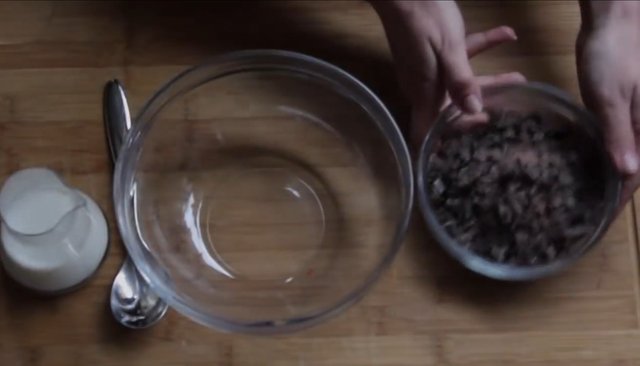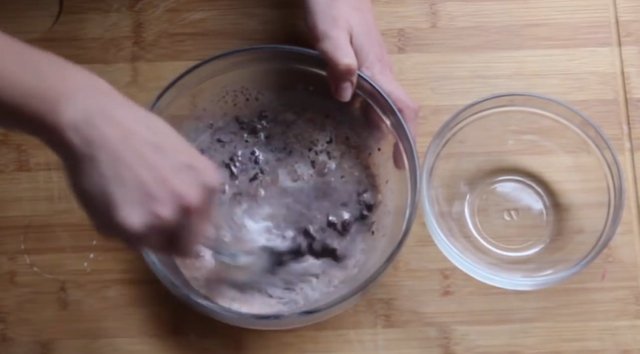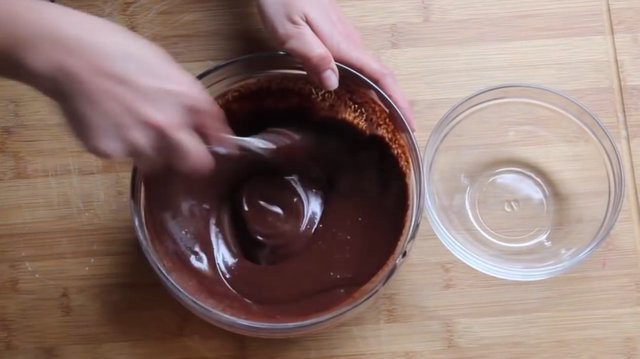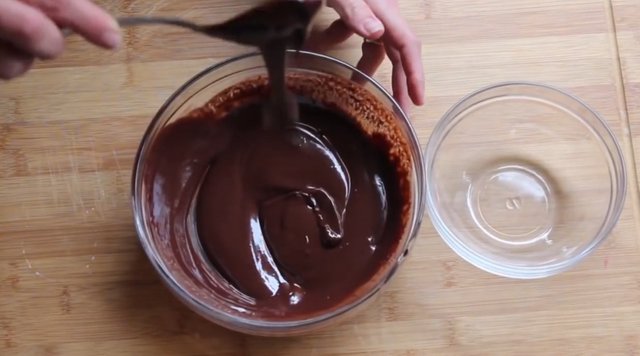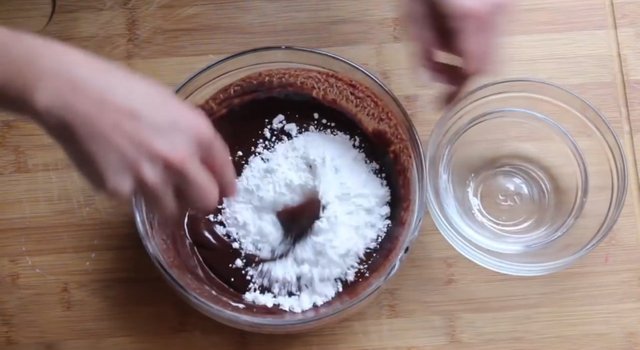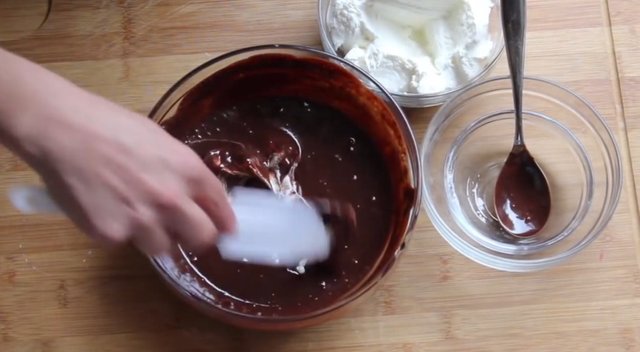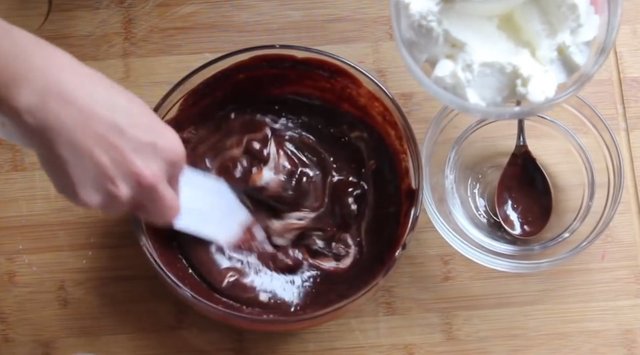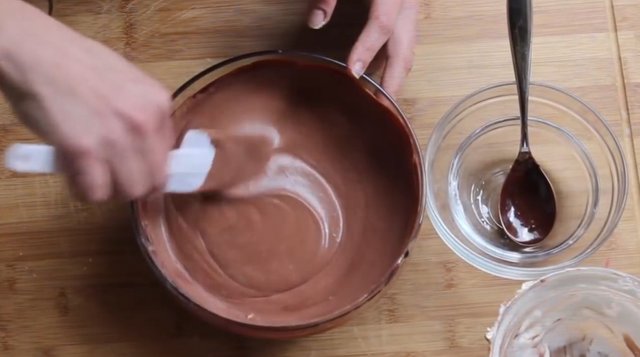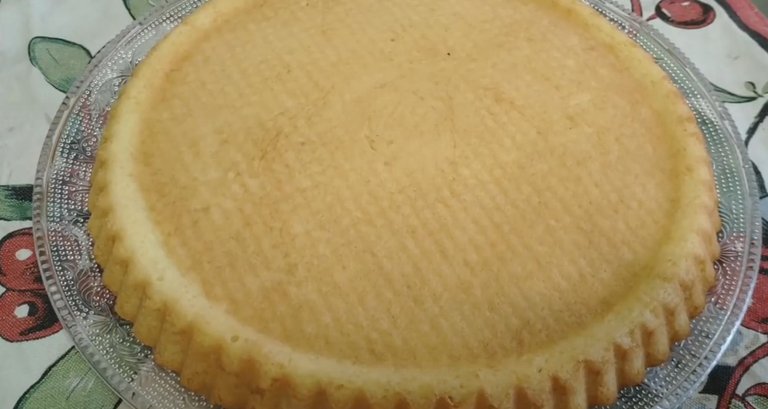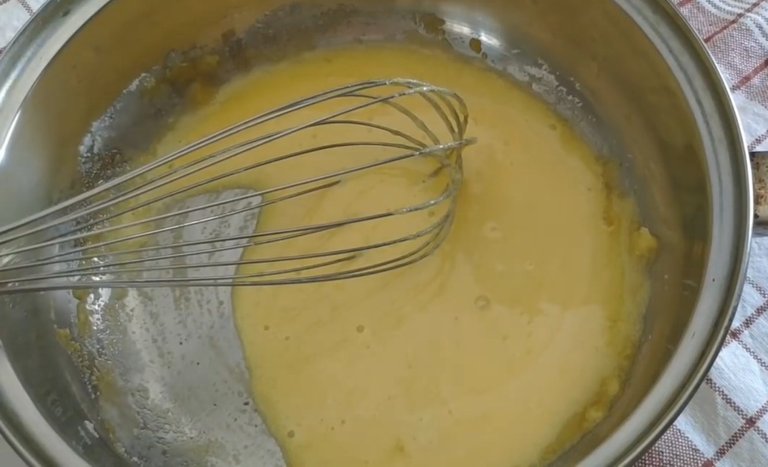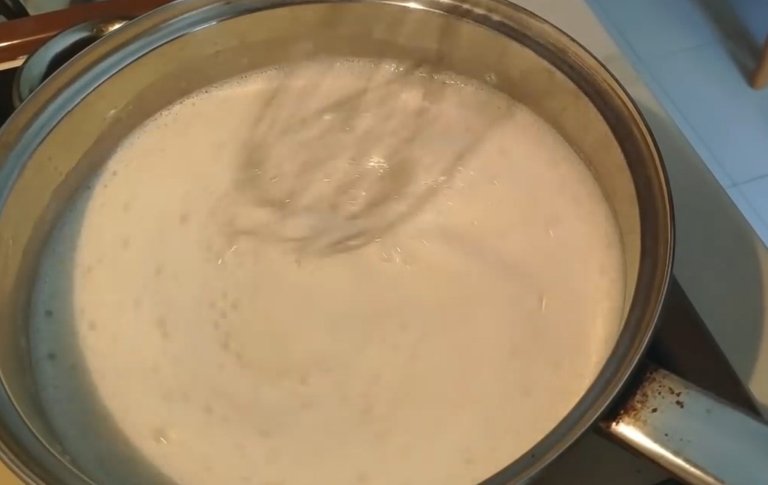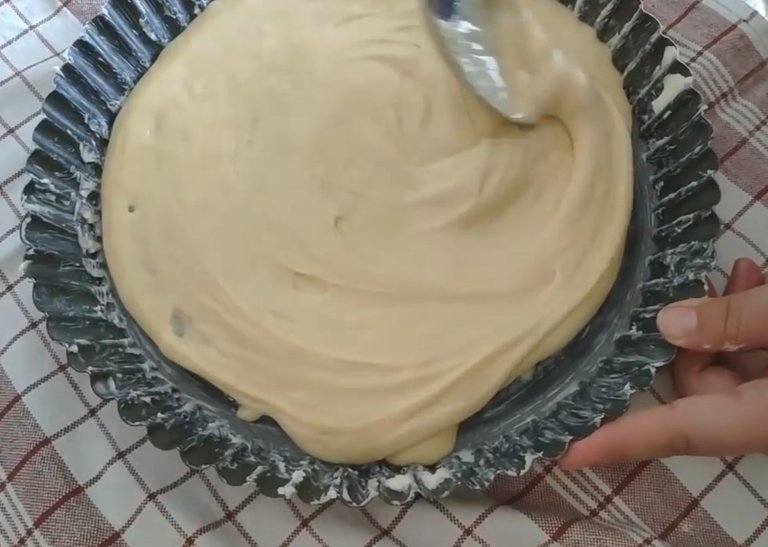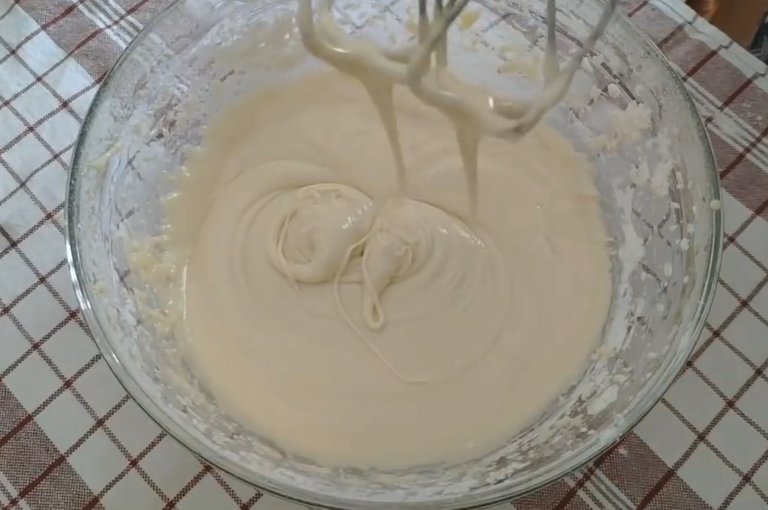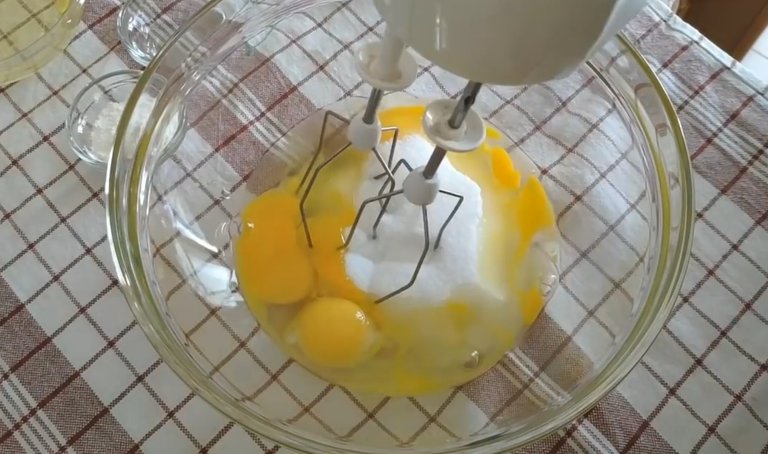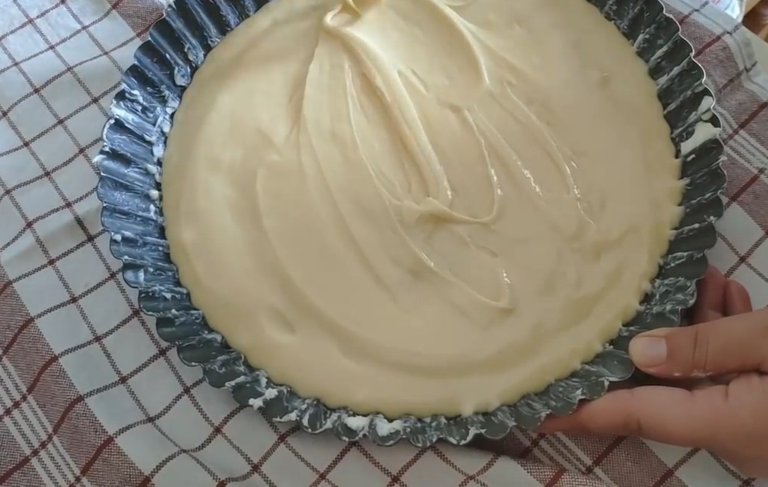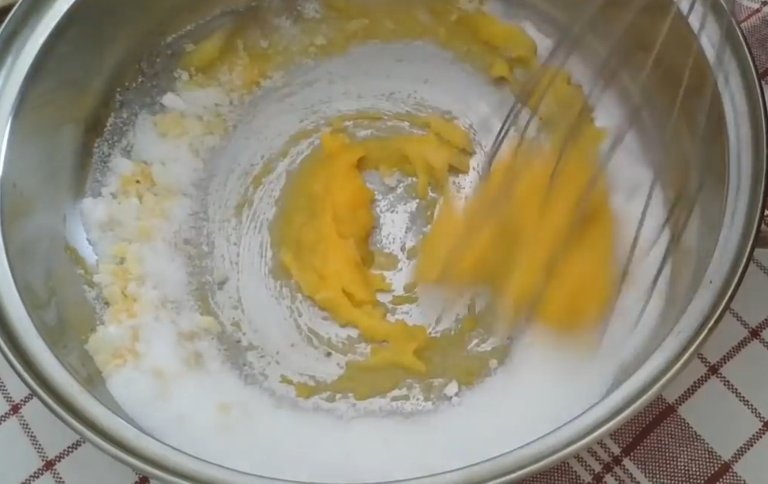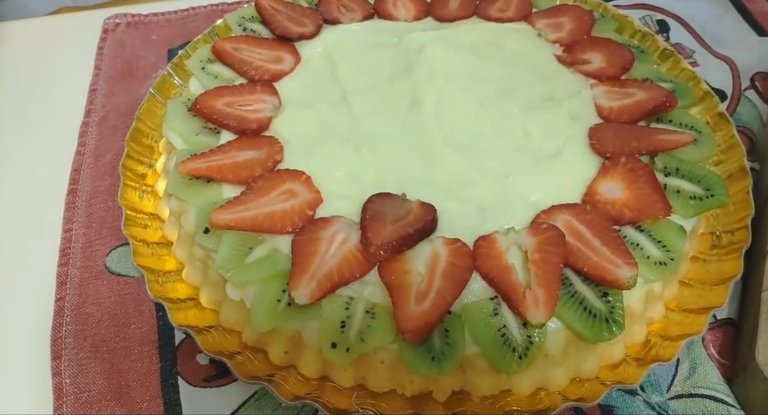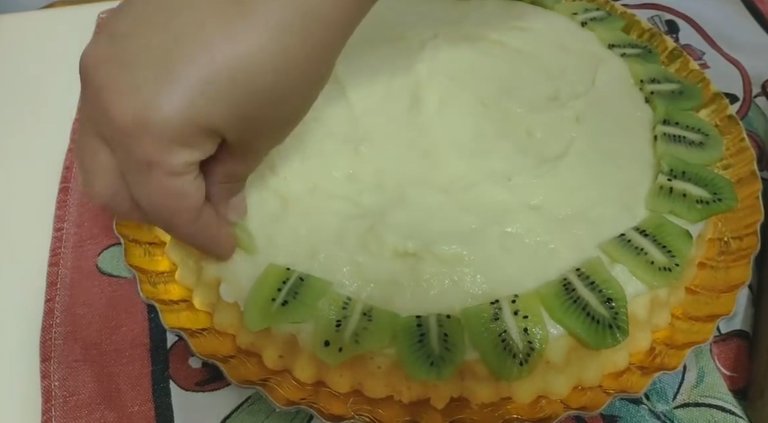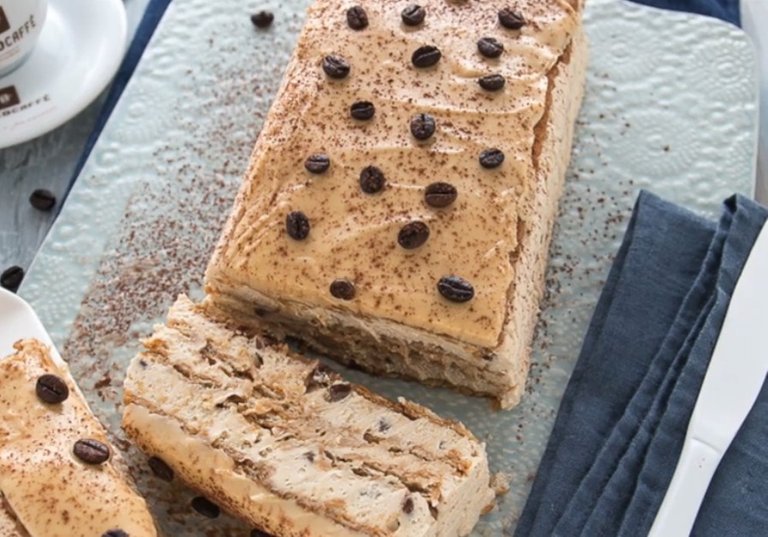
There are some recipes that are difficult to adapt to local cuisine.
Sometimes via the ingredients.
And sometimes via the name itself.
This Italian dessert is originally called ** Mattoncini al caffé ** (mattoncini in Spanish stands for ** little bricks **)
Obviously to title a recipe ** hazelnut bricks with coffee ** could sound a little strange so I decided to rename it with the name that you see in the title.
Once this clarification has been made and its origin revealed, step by step to develop the recipe, as usual.
Almonds, hazelnuts and also walnuts are the dried fruits that are no longer suitable for desserts.
Of the almonds we had talked about in this recipe:
| Tarta de limón y queso con pasas, almendras y ron. / Lemon and cheese tart with raisins, almonds and rum. [ESP/ENG] | 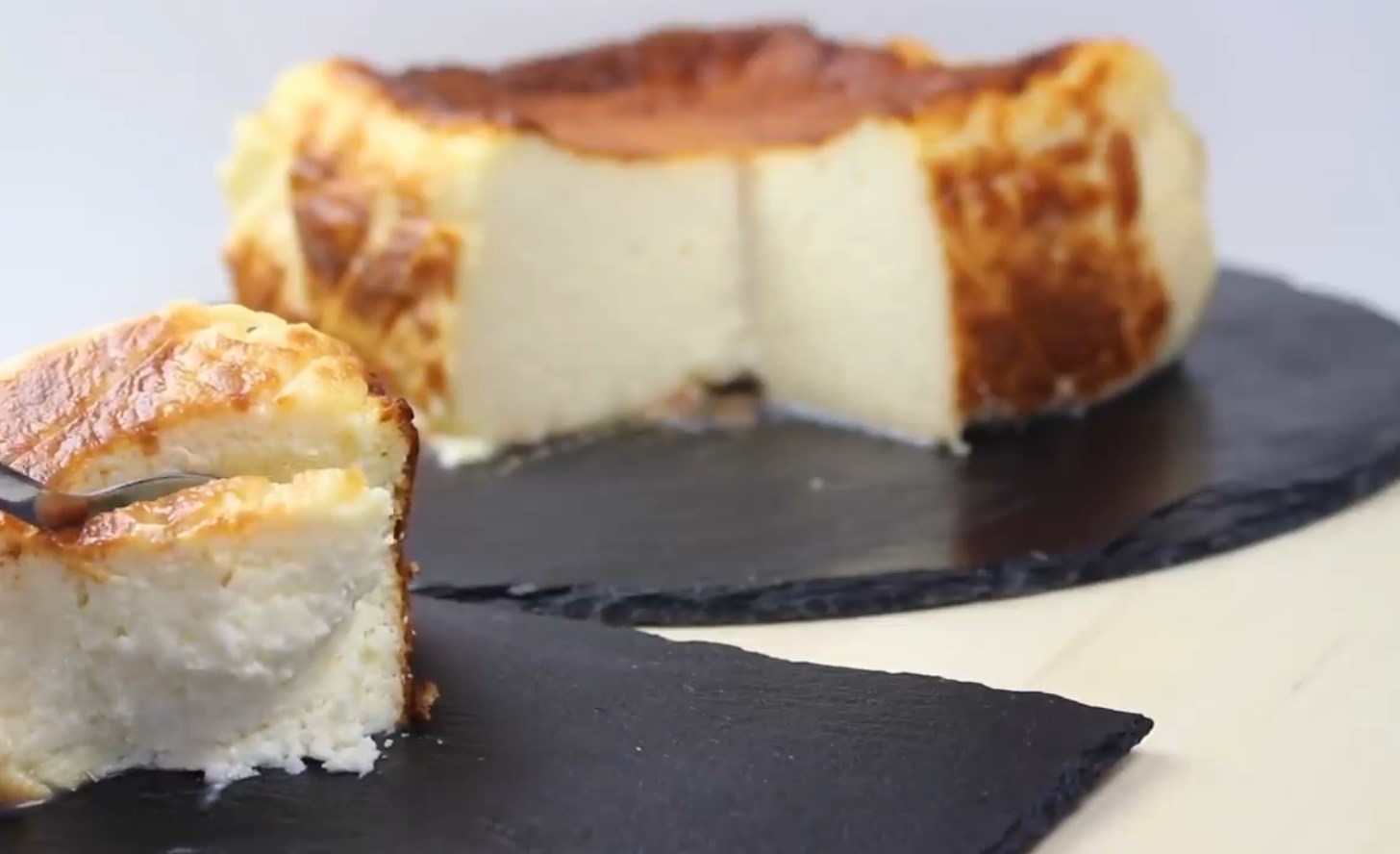 |
|---|
Today is the turn of the hazelnuts.

20 g de mantequilla
250 g de azúcar
2 huevos
130 g de avellanas ligeramente tostadas
250 g de harina
2 cucharadas de licor nocino
1 bolsita de levadura en polvo
una pizca de sal
una pequeña taza de café
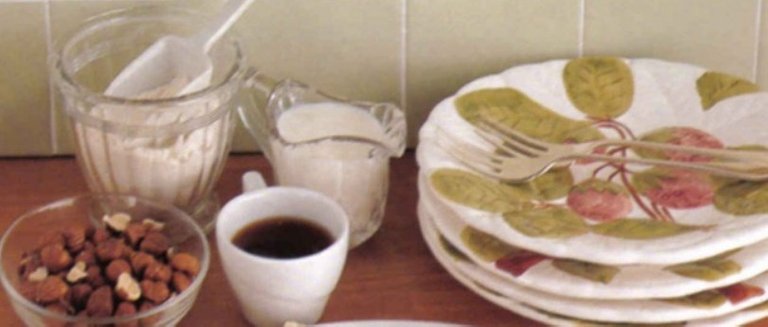
20 g of butter
250 g of sugar
2 eggs
130 g lightly toasted hazelnuts
250 g flour
2 tablespoons of nocino liquor
1 sachet of baking powder
a pinch of salt
a small cup of coffee


- Batir la mantequilla en un tazón en un tazón.
- Ablandar a temperatura ambiente.
- Agregar el azúcar, las yemas, las avellanas picadas, una pizca de sal, el licor, la harina tamizada junto con la levadura; mezclar y diluir todo con leche.
- Finalmente agregar las claras de huevo hasta que estén rígidas.
- Ahora forrar un molde cuadrado de 18 cm con papel de hornear.
- Vertir la mezcla y pasar el recipiente en un horno precalentado (190 ° C) durante 50 minutos.
- Apagar el pastel en una rejilla para pasteles, retirar el papel y déjarlo enfriar.
- Mientras tanto, preparar el glaseado.
- Preparar el azúcar glas con el café (poco a poco).
- Esparcir el glaseado obtenido sobre el pastel (ya frío) con una espátula y colocarlo en una bandeja cuadrada.
- Adornarfinalmente la superficie con algunas avellanas tostadas, despojadas de la piel.
- Si deseas que este pastel sea particularmente elegante, puedes decorarlo con un poco de chocolate blanco derretido al baño maría y espolvoreado con una jeringa de repostería.
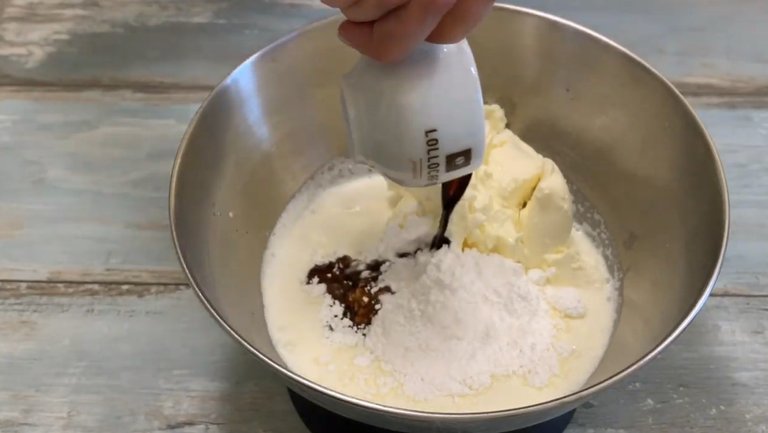
- Whisk the butter in a bowl in a bowl.
- Soften at room temperature.
- Add the sugar, the yolks, the chopped hazelnuts, a pinch of salt, the liquor, the sifted flour together with the yeast; mix and dilute everything with milk.
- Finally add the egg whites until stiff.
- Now line a 18 cm square pan with baking paper.
- Pour the mixture and pass the container in a preheated oven (190 ° C) for 50 minutes.
- Turn off the cake on a cake rack, remove the paper and let it cool.
- Meanwhile, prepare the glaze.
- Prepare the icing sugar with the coffee (little by little).
- Spread the glaze obtained on the cake (already cold) with a spatula and place it on a square tray.
- Finely garnish the surface with some toasted hazelnuts, stripped of the skin.
- If you want this cake to be particularly elegant, you can decorate it with a little white chocolate melted in a bain-marie and sprinkled with a pastry syringe.
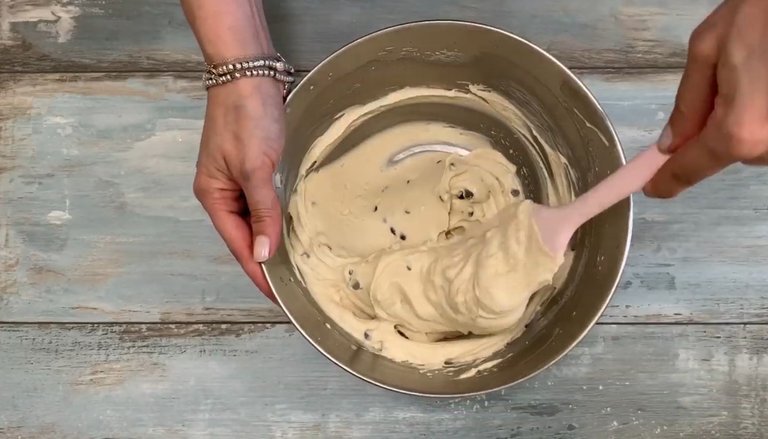
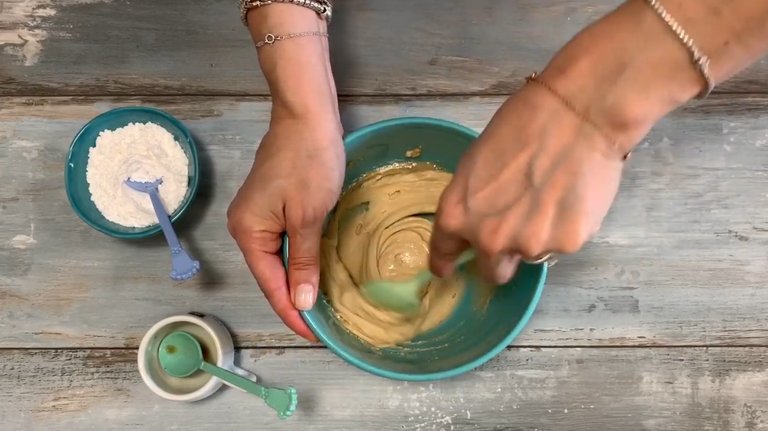




The original recipe has been published on my blog in Italian Il Mondo dei Dolci as a result of my several years of residence in that European country.
I have published more than 5,000 recipes in it so if you dare to translate them and modify some of the ingredients, related to each country, you can do it freely.

¿Todavía no tienes una cuenta de Hive? ¡Regístrate gratis aquí! Únete a la diversión y gana dinero publicando y comentando.
Don't have a Hive account yet? Sign up for free here! Join in the fun and make money by publishing and commenting.


